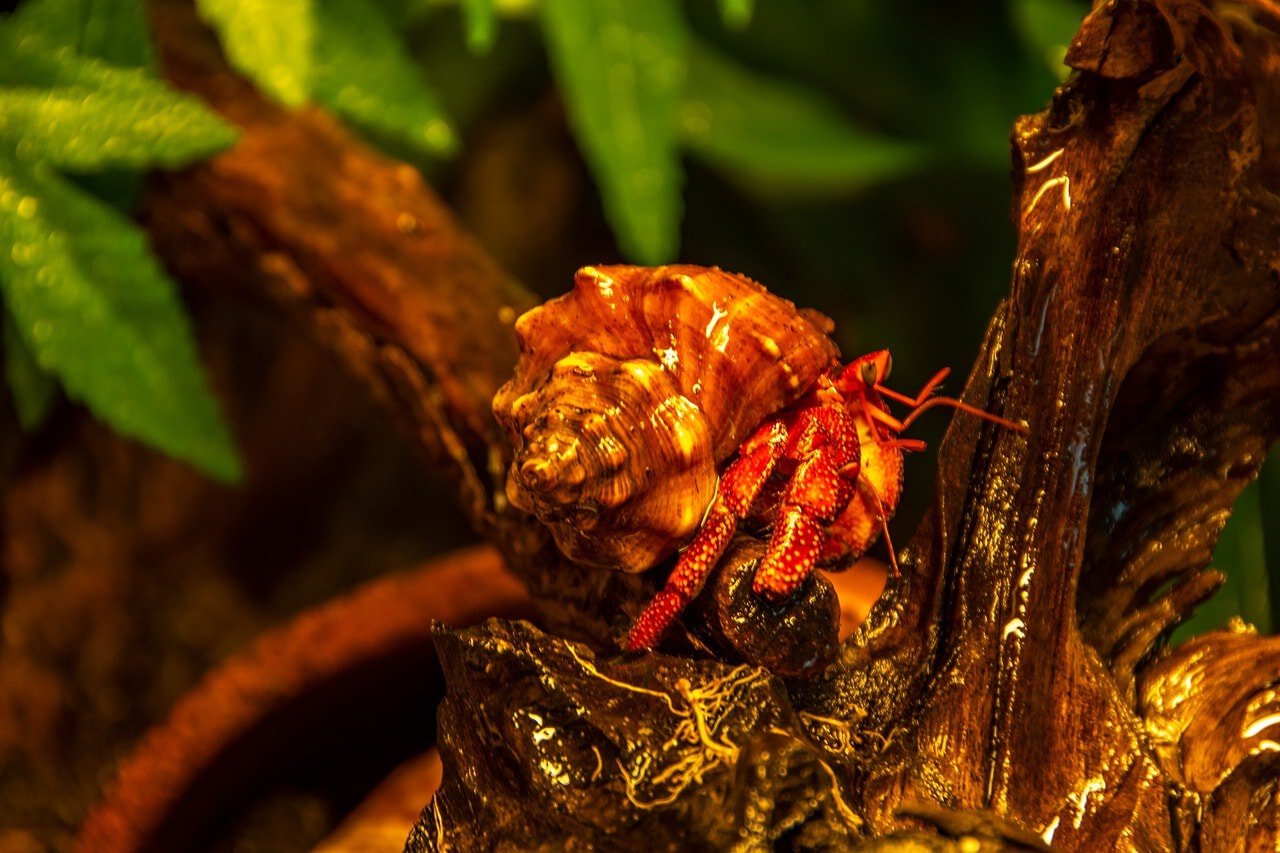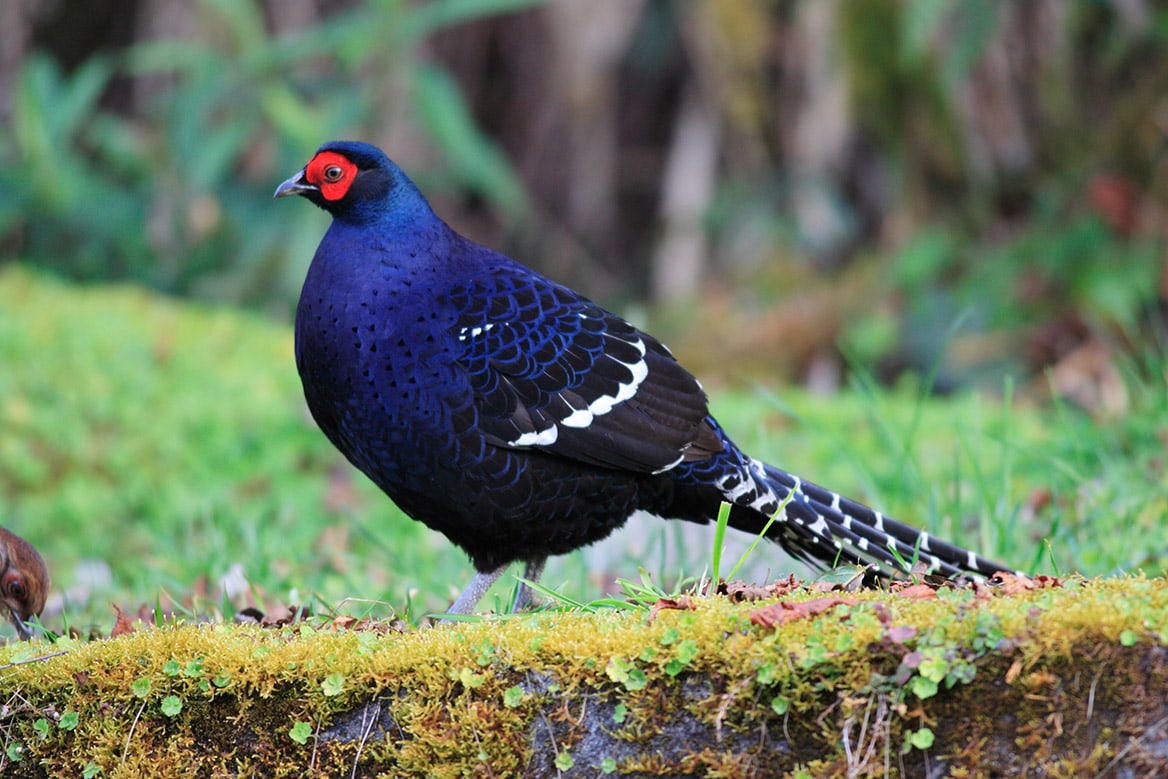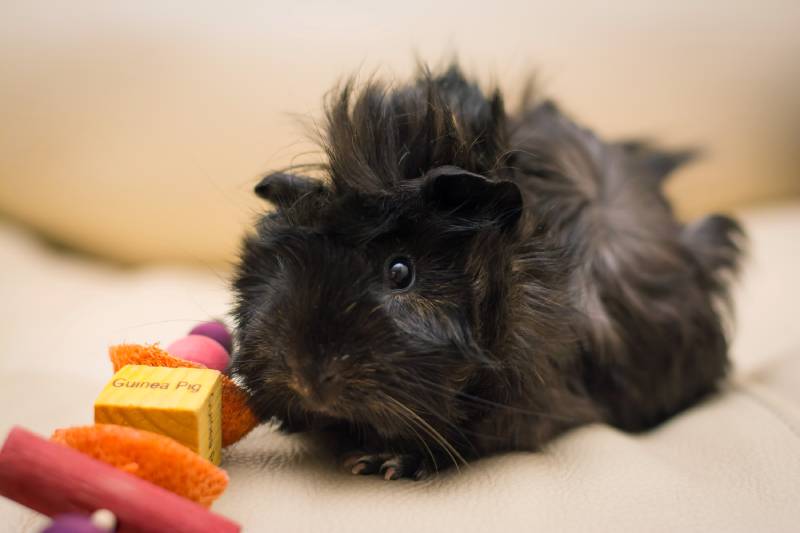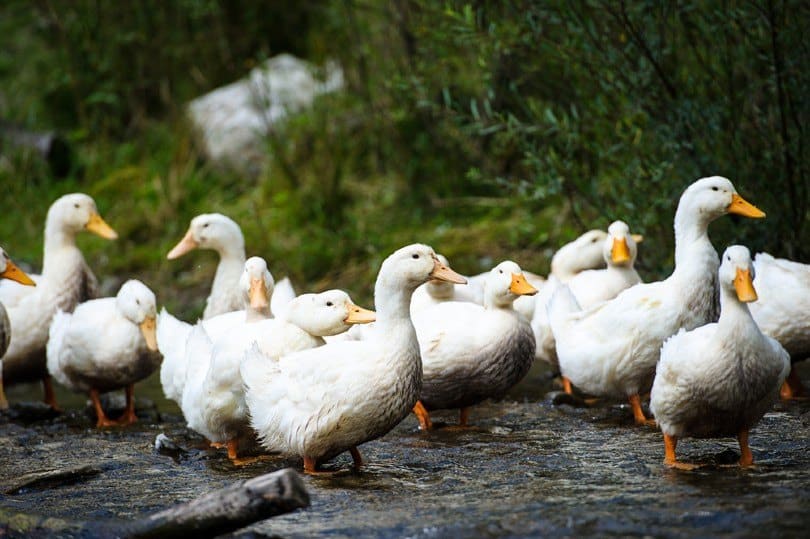VET APPROVED

The information is current and up-to-date in accordance with the latest veterinarian research.
Learn more »Click to Skip Ahead
Hermit crabs are perceived as incredibly easy to take care of, which is partly what makes them popular as pets. Though this is a far cry from reality, you would nonetheless want to ensure that your hermit crabs are cared for as best as possible.
One of the easiest ways to help enrich your crabs’ lives while sprucing up their environment is to put in plants. This requires extra work in the long run, so it may not be for everyone, but it can be a great addition to any crab habitat and provide your pets with several important benefits. As such, it’s strongly recommended.
Read on to learn about the plants that are safe for hermit crabs, including the criteria that they must meet to be suitable for a crab habitat.

Live vs. Fake Plants
Before you purchase any plants for your crab enclosure, you should decide whether live or fake ones would be a better fit. Both options have their advantages and disadvantages. As they offer different benefits, one will likely be more suitable than the other in some situations. Check out the pros and cons of each here so you can determine which will be best for you and your crabs.
Live Plants
- Offer hiding places for your crab
- Provide nutrition as a food source
- Improve air quality in the tank
- Improve soil/substrate quality and may make tunneling easier for your crabs
- May be destroyed by your crabs
- Require upkeep and maintenance
- Will likely need to be replaced
- Become expensive over time
Fake Plants
- Won’t get destroyed or eaten
- Usually don’t need replacing
- Keep costs low
- Can offer hiding places for your crabs
- Don’t provide nutrition for your crabs
- Won’t improve air quality in the enclosure
- Won’t improve soil or substrate quality in the enclosure

What to Look For in Live Plants
If you’ve decided that live plants are right for your crab enclosure, you’ll need to know what to look for in a suitable plant. Not every plant is a good fit. The one you pick must meet the following criteria.
- Vertical Growth: You want to find plants that grow up, not out. This way, they don’t start taking up more real estate in the enclosure, which is always at a premium.
- Lack of Thick Root Systems: Plants with thin root systems are better since they can improve the soil quality and layering while still allowing your crabs to dig out their own tunnel systems.
- Ability to Thrive Warm and Humid Environments: Many plants will die in the kind of warm and moist environment found in your crabs’ enclosure. Naturally, you’ll have to find some plants that can thrive in such conditions.
- Resilience: Crabs aren’t easy on the plants in their enclosure. Your plants will be getting torn up. They must be resilient enough to survive for several weeks, rather than starting to shrivel and die as soon as they start taking damage.

The 7 Greatest Plants for Hermit Crabs
1. Air Plants

If you’re looking for a beautiful plant that’s easy to care for, air plants fit the bill. They don’t even need to be planted! You can simply hang them on the sides of the tank, which should help them survive longer, since your crabs will have a harder time reaching them. All the care they require is a light misting with water on occasion, and they’ll continue to grow and thrive. The most common air plants include:
- Tillandsia brachycaulos (Mesic Air Plant)
- Tillandsia bulbosa (Bulbous Air Plant)
- Tillandsia capitata (Peach Air Plant)
- Tillandsia ionantha rubra (Rubra Air Plant)
2. Bromeliads (Bromeliaceae)
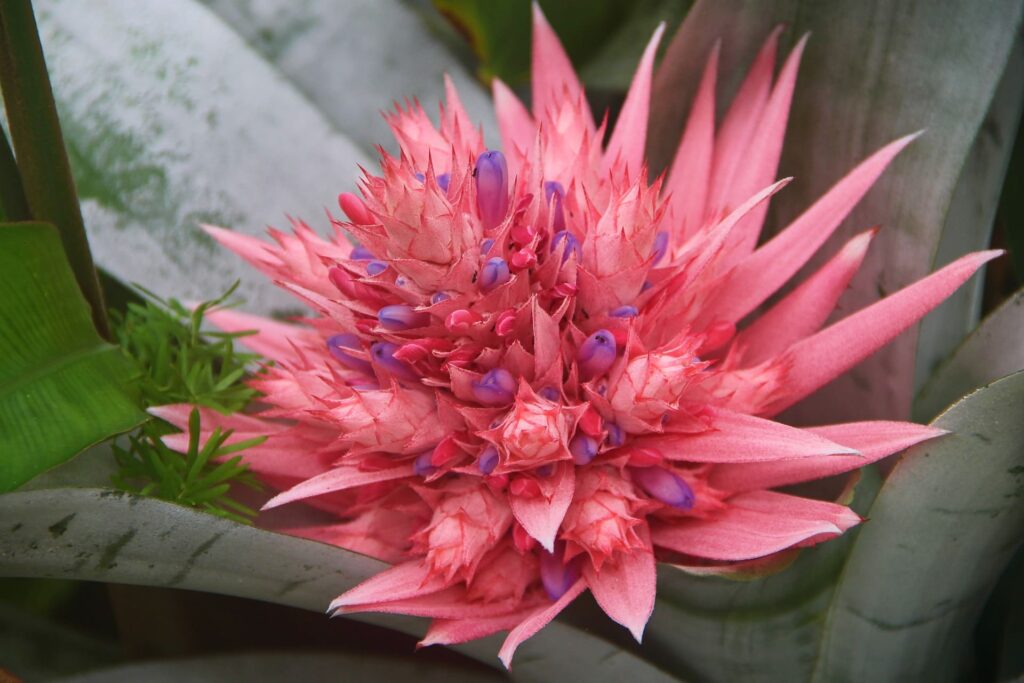
Bromeliads are quite similar to air plants, though they’re the far more colorful of the two. Like air plants, bromeliads don’t require soil to grow. You can attach them to a ledge or a piece of wood. Easy to care for and beautiful to behold, they are a great choice for any crab enclosure.
- You may also like: Benefits of Classroom Pets
3. Loose-Leaf Lettuce (Lactuca sativa)
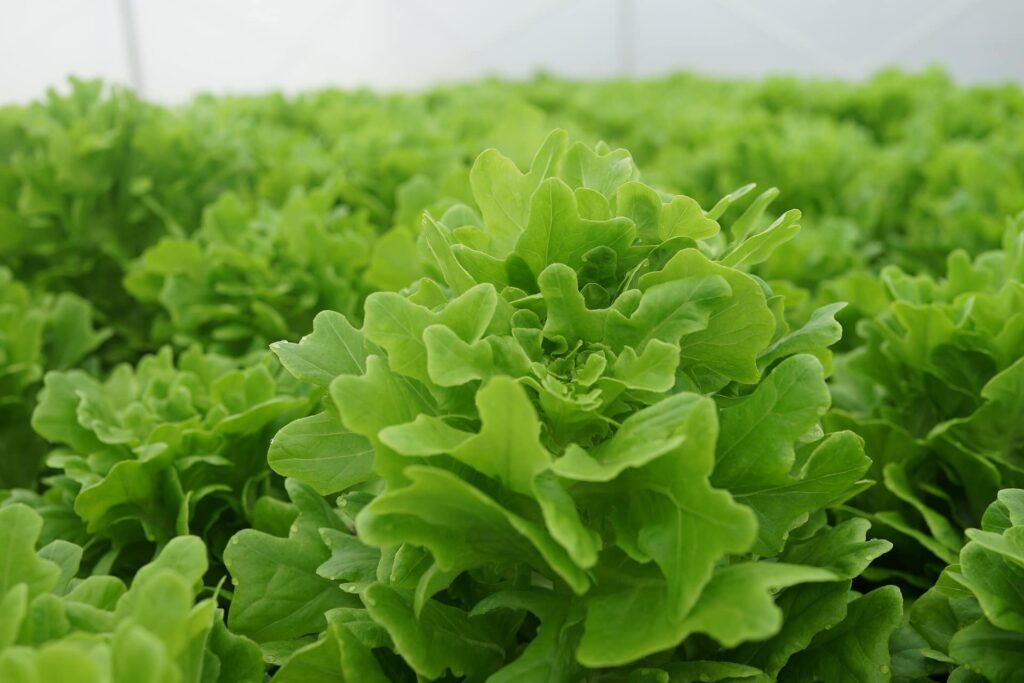
Lettuce is extremely easy to grow and offers plenty of nutrition for your crabs. Make sure to pick a loose-leaf variety rather than a tighter type like iceberg lettuce. You can even find loose-leaf lettuce in various colors from green to purple, making this plant a great way to bring some color to any crab tank.
4. Moss

Moss is one of the best choices for a crab tank. It has awesome benefits you won’t get with other plants. Crabs can burrow through moss, and since it holds moisture, it helps maintain humidity levels within the enclosure. It’s also a great source of nutrition for your crabs to benefit from. Plus, you can get moss in a variety of colors for that dash of color and personality. Many different varieties of moss exist, but three of the best for hermit crabs are cushion moss, pillow moss, and Irish moss.
5. Chia Seeds/Plant (Salvia hispanica)
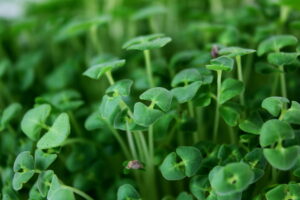
Chia seeds are the seeds of the plant Salvia hispanica. They are a great addition to most hermit crab enclosures. You can plant the seeds in their soil, and they will eventually sprout into the chia plant, which is also safe for your crabs to nibble on!
6. Spider Plants (Chlorophytum comosum)
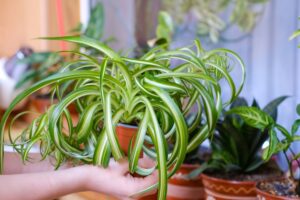
You definitely don’t need to have a green thumb to grow spider plants. This hardy plant is beginner-friendly and won’t be affected by the heat and humidity in the enclosure. It’s also strong enough to handle crabs climbing up it and won’t fall apart right away. Your best course is to use spider plants that are already established, giving them enough time to adapt to their new environment before the crabs can destroy them.
7. Sprouts (Vigna radiata)
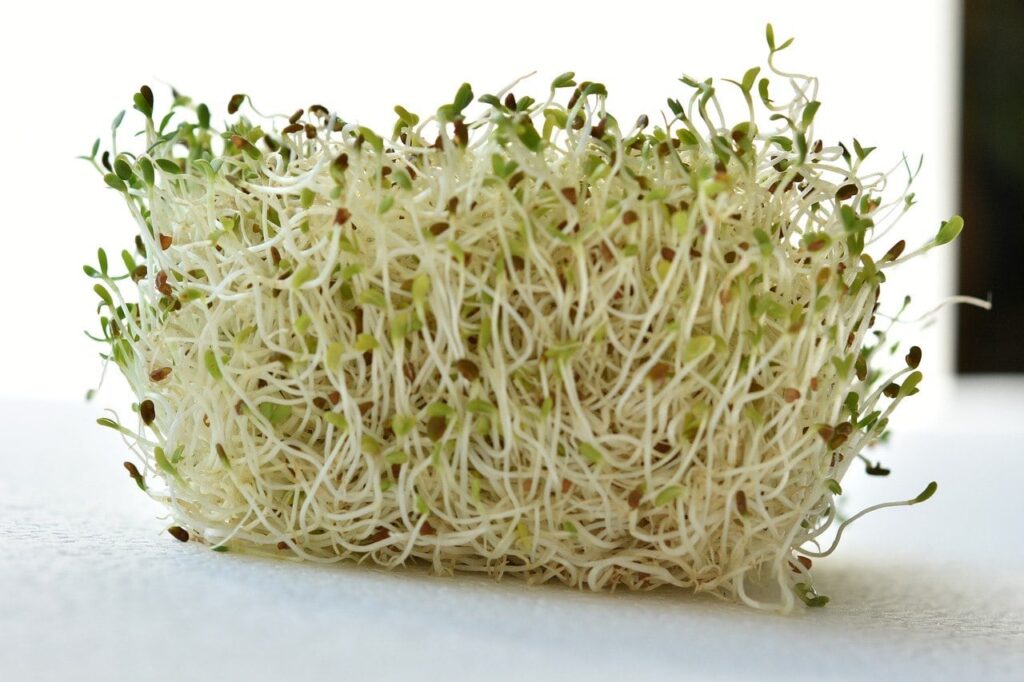
While seeds are just starting to germinate, they’re called sprouts and can be eaten. They are packed with nutrition and easy to grow. All you have to do for most seeds is soak them and give them a day or two. Since you’re just making these plants from seeds, it’s simple to replace them when your crabs inevitably dig them out and eat them.

Final Thoughts
Your hermit crabs may not necessarily need plants (but they are strongly recommended), and if you want to avoid the hassles of keeping live plants, you can opt to go with fake plants instead. But if you do decide that live plants are a better fit for your crabs due to the nutrition that they offer or their ability to improve the air quality in your crabs’ enclosure, you’ll want to find ones that grow vertically and thrive in warm, humid environments, with thin root systems that are hardy and resilient.
The plants listed here all meet these criteria, so you can’t go wrong with any of them! That being said, we do encourage you to explore the ethics of owning a hermit crab prior to adopting one.
- Related Read: Best Plants for Iguana Habitats
Featured Image Credit: RhoihesseOnTour, Pixabay
